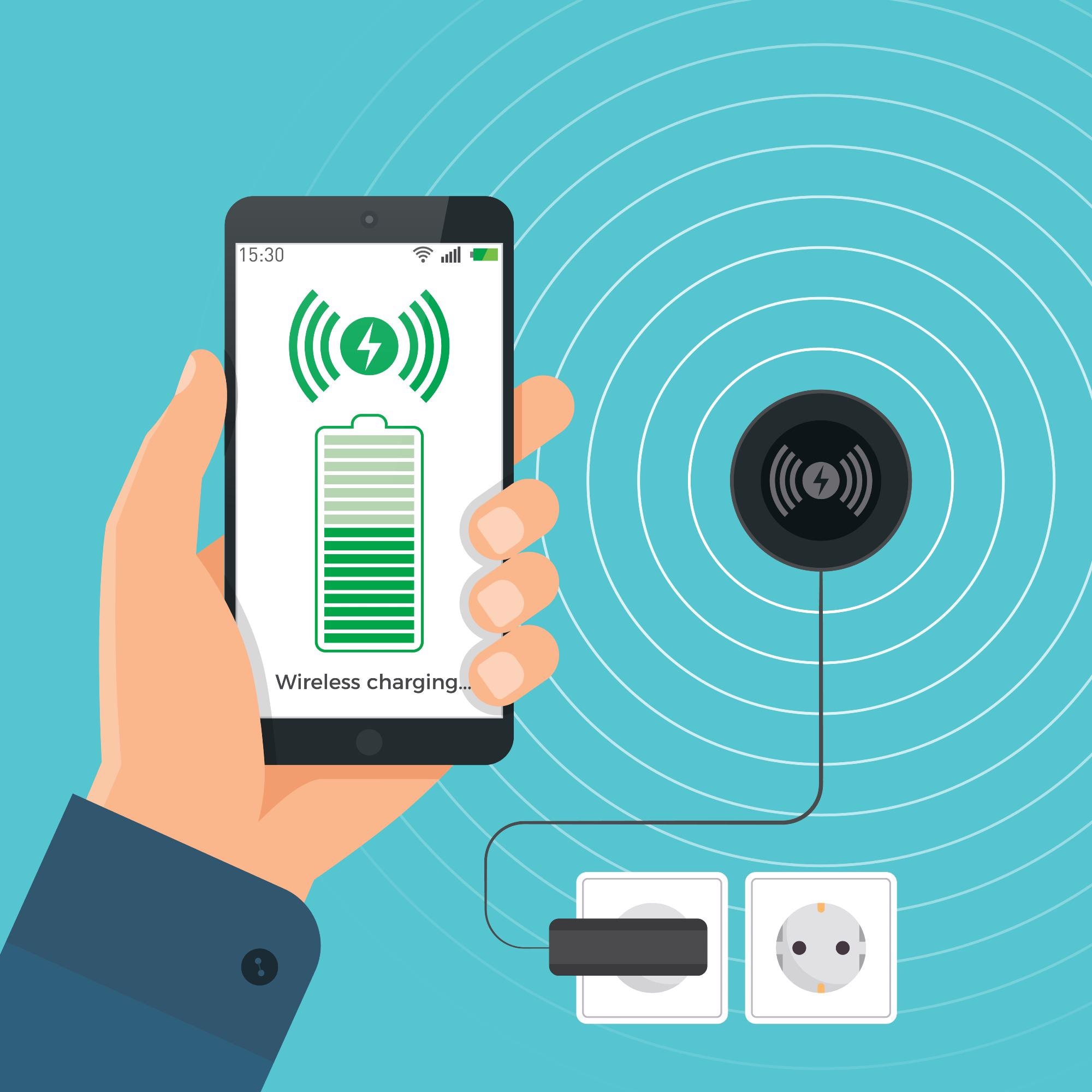 By Surbhi JainReviewed by Susha Cheriyedath, M.Sc.Apr 28 2022
By Surbhi JainReviewed by Susha Cheriyedath, M.Sc.Apr 28 2022In an editorial recently published in the open-access journal Energies, researchers discussed the wireless power transfer technologies of the future.

Study: Advanced Wireless Power Transfer Technologies. Image Credit: ReVelStockArt/Shutterstock.com
Background
Wireless power transfer technology is a type of power delivery that does not require any metal-to-metal contact, making it ideal for practical applications. This technology has advanced significantly over the last decade, incorporating both near-field and far-field devices.
Capacitive power transfer, inductive power transfer, and microwave power transfer are the three types of power transfer based on energy-contained fields. Researchers are paying the most attention to inductive technology, which is maturing and becoming commercially viable.
About the Study
In this study, the authors focused on the most recent advances in wireless power transfer theory and practice, particularly in the case of real-world applications. Four papers were discussed. In the first paper, silicon and gallium nitride (GaN) devices were compared in low-power and wireless power transfer systems. In the second paper, a novel two-receiver-based topology was developed to facilitate the dynamic transfer of power for electric vehicles. In a dynamic system, numerous transmitters and one receiver were employed.
In the third paper, the researchers looked into the resonance mechanism of a 6.78 MHz resonant and wireless power transfer technology. As the power transfer excitation, a GaN high-electron-mobility transistor (HEMT) was used to create a high-frequency class-E amplifier. High-frequency circuits were used to develop a zero-voltage switching control. A prototype with over 80% transmission efficiency at a distance of 40 cm was presented, which opened up the possibility of supporting a variety of battery charging applications.
In the fourth paper, the metal object detecting technique was evaluated in inductive power transmission to avoid heating neighboring metal materials. The primary focus was to increase the performance characteristics of an inductive system by using inductance fluctuations to identify metal objects.
The team presented two new multi-layer detection coil layouts that had no blind spots. The effects of the trace width, detection layer, and coil turn number were also examined.
Observations
GaN HEMTs were found to offer benefits over conventional silicon devices based on their comparison. GaN devices, particularly in the high-frequency region up to MHz, had greater potential in terms of switching efficiency and capability. Meanwhile, the results also showed that the behavior of GaN devices must be carefully monitored under all operating conditions in order to fully exploit this benefit.
The received power fluctuated dramatically when a vehicle drives over the transmitters, which could have a major impact on charging performance. The results demonstrated that two receivers should be installed on the vehicle side wherein one could be installed in the front and the other one at the back. The total received power was found to be stable, with a variance of only 2.8%, which made it a very practical and amazing design.
The testing results were found to be very satisfactory, which demonstrated that demonstrating that the proposed metal object detecting technique could detect a one-cent coin in a variety of settings.
In conclusion, this study presented fresh research on wireless power transfer that may serve as recommendations for practical implementations.
More from AZoM: Application of Thermal Paste on Processor Chips
Disclaimer: The views expressed here are those of the author expressed in their private capacity and do not necessarily represent the views of AZoM.com Limited T/A AZoNetwork the owner and operator of this website. This disclaimer forms part of the Terms and conditions of use of this website.
Sources:
Lu, F., Zhu, C., Advanced Wireless Power Transfer Technologies. Energies 15(9) 3131 (2022).
https://www.mdpi.com/1996-1073/15/9/3131